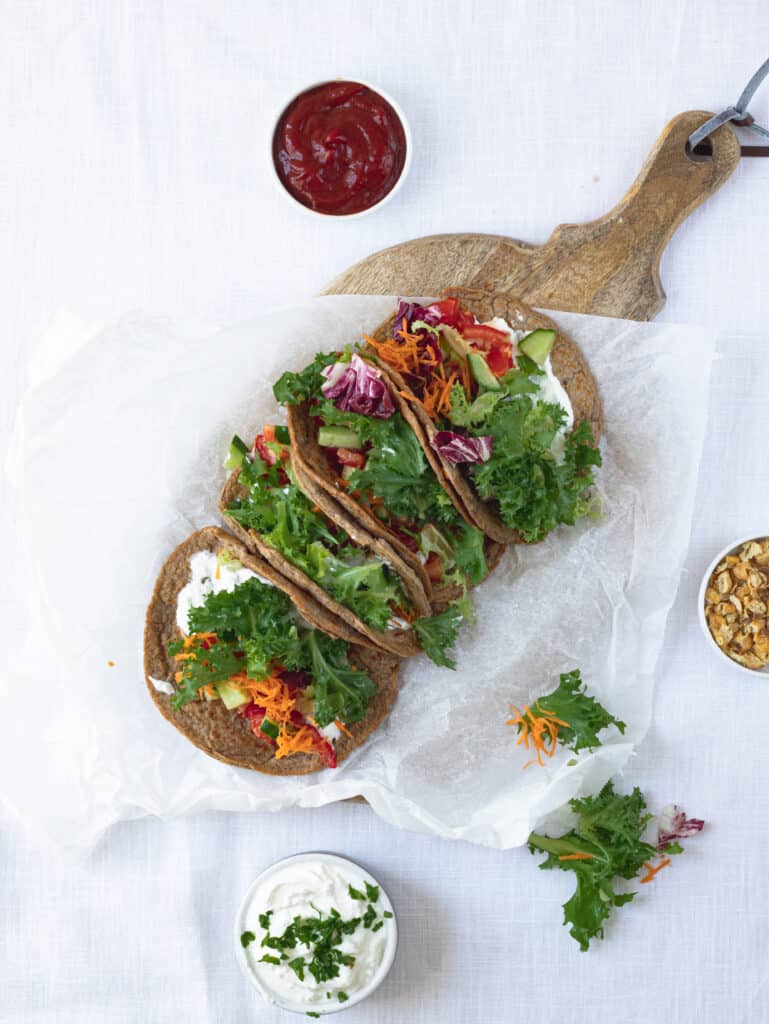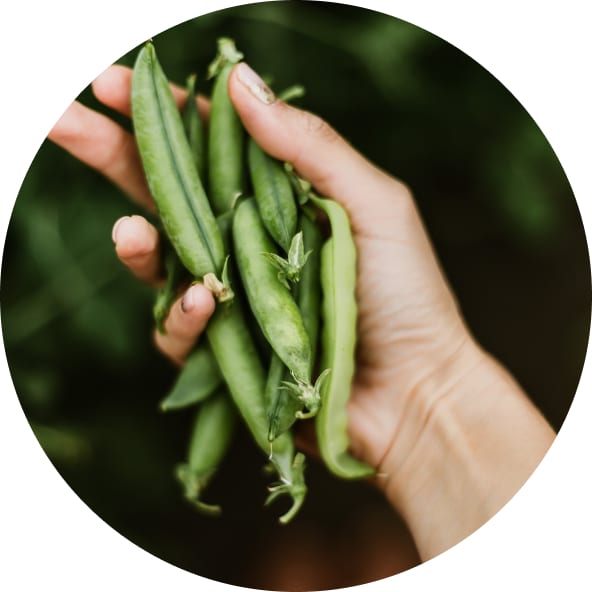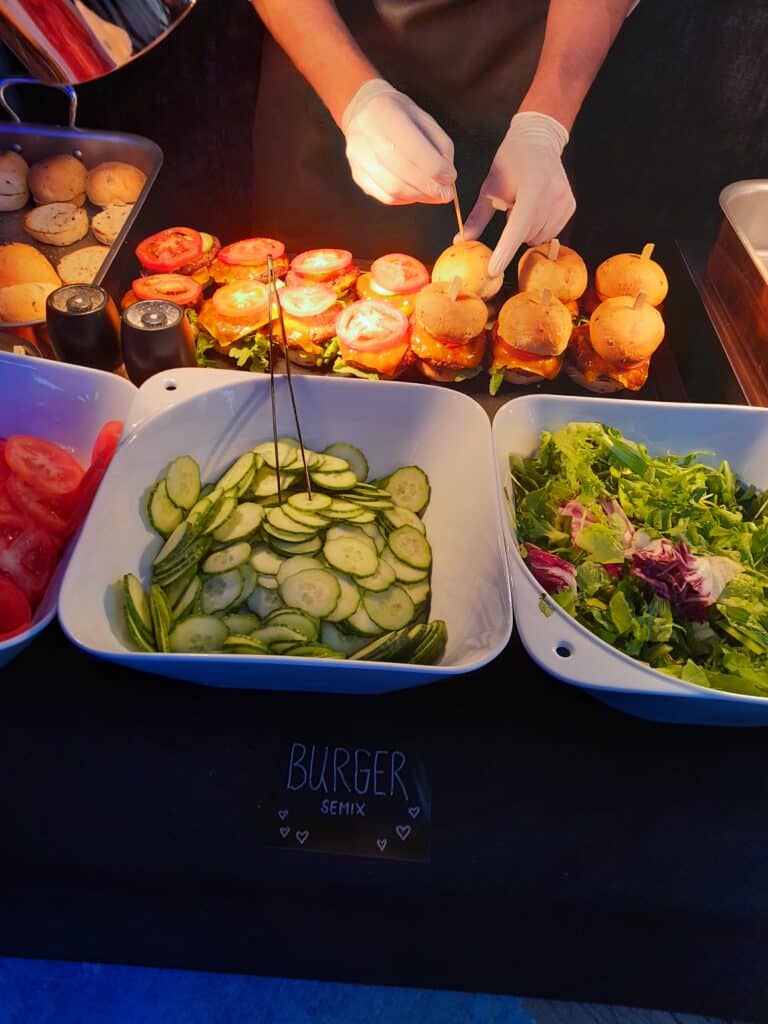MVDr. Halina Matějová, Mgr. Veronika Suchodolová, taken from the magazine Nutrition and Food
They come in all shapes, sizes, and colours. They are cheap, tasty and last a long time. And they are the star of one of the most famous fairy tales – Jack and the Beanstalk. So let’s climb up the stalk and …let’s look at the reasons why we need more legumes in our lives.
They are nutritious and great for the heart
Legumes are highly rated for their nutritional value. Legumes are high in protein and fibre and have a low glycemic index (GI), meaning they keep us full for longer. They are a source of many other necessary minerals and trace elements (zinc, copper, iron, calcium, potassium, magnesium, phosphorus), vitamins (especially group B vitamins), and also bioactive substances that can have antioxidant effects (polyphenols). A specific group of substances are the isoflavones found in soy, which have long been studied for their many possible health benefits.
And why are they great for our hearts? Legumes are low in saturated fat. In particular, the fibre in legumes can help lower blood cholesterol levels (even without weight change), and can prevent blood sugar spikes, both of which are risk factors for cardiovascular disease. However, this presumes someone is consuming legumes more than once a week.
They are affordable and have a long shelf life
Beans are inexpensive, and they last a long time in our pantry. If we have enough storage space in our pantry, the best money-saving tip is to consider buying canned, pre-cooked, or dried legumes in bulk. Nevertheless, pay attention to the best before date when purchasing.

For some, the process of preparing a legume based dish may seem long and tedious. However, pulses such as red lentils can be cooked immediately without being soaked in water. Other pulses such as dried chickpeas, dried beans, and dried peas should be soaked overnight in water. It’s also recommended to change the water they are soaking in. Soaking the pulses first will reduce the cooking time, and make them easier to digest. The cooking time will vary depending on the species from two-and-a-half to four hours. Using a pressure cooker can greatly speed up their preparation.
They are super versatile
Their neutral taste makes them versatile – mixing well with other ingredients and various spices. You can include beans, chickpeas or lentils in almost any recipe, even desserts (see recipes in this issue of the Newsletter). Some people don’t like legumes because of their texture. However, beans, chickpeas, and lentils are so versatile that we can change their texture to suit us. Why not try…
- add lentils, chickpeas or beans to soups. We can add them whole or mashed,
- canned beans and steamed chickpeas can add color and texture to salads or side dishes,
- try them as a dip – you can make your own hummus, which has a creamy, smooth texture,
- make vegetable meatballs,
- a crispy snack – try baking canned chickpeas in the oven with a little olive oil, and your favourite herbs and spices.
They are great for the gut
Legumes have a bad reputation for causing gas. However, it is the fibre (acting as a prebiotic food for beneficial bacteria) that does its amazing work to keep the gut healthy. Side effects of the consumption of legumes can be prevented by eating only a few at a time, and then gradually increasing their “dose”. It is a good idea to start with one type of legume first, such as chickpeas, and then add other types in the following weeks. You must also increase the amount of water in your diet as you increase the amount of fibre. Soaking and rinsing dried legumes, as well as sprouting them, before cooking can also help.
They offer people a different way of eating
For those who want to reduce their meat consumption, beans, lentils and chickpeas are great alternatives. Legumes help those with certain health limitations. A soy drink may be an option for those on a dairy-free or low-lactose diet. Legumes can once again solve a difficult situation for those on a gluten-free diet. Legumes are used to make gluten-free versions of staple foods, including flour and pasta.
They are kind to the planet and are a sustainable food
Legumes are a sustainable food, meaning they can be grown and harvested for many generations. Which means that they’re not just good for us, they’re also good for the planet. Legumes are drought-resistant plants, they are also able to fix nitrogen through their root systems with the help of bacteria and thereby increase the amount of nitrogen in the soil. For this reason, they are useful crops for agriculture, they increase soil fertility, and have a beneficial effect on subsequent crops. They release up to seven times less greenhouse gas emissions per area compared to other crops.
They can also reduce food waste, as pulses can be dried and stored for relatively long periods of time without losing their nutritional value.
So let’s add beans, chickpeas, peas and lentils to our weekly shopping list!

